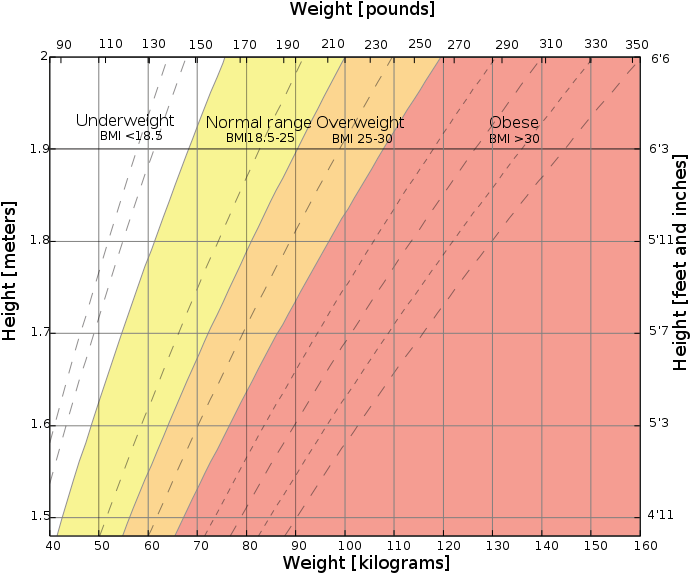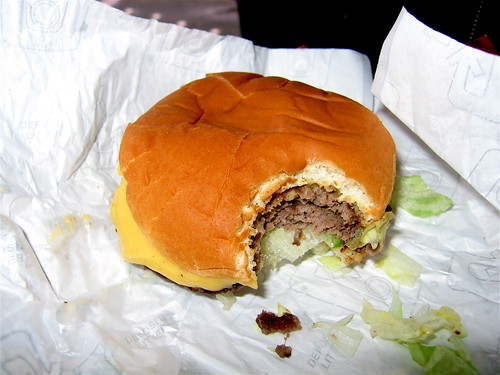93% of all fresh water consumption worldwide goes to produce food.
When I stumbled across the idea of water footprint, I saw lots of numbers about how many liters of water it takes to feed or grow a kilogram of beef, or wheat, or soybeans.
But that didn't translate for me.
I used the USDA guidance on recommended daily allowances to come up with the amount of food in each food group they want you to eat. Then I computed the cups of water it takes to produce various options in each food groups. I also decided to add in the water cost of various beverages.
The answer was pretty surprising.
Chicken is my new best friend, protein-wise. I'll choose potatoes over rich or bread when given the option. I drink water now almost exclusively. And I eat my fruits and vegetables as close to raw as I can get them.
P.S. - Weighed in today, and I've lost a couple of pounds, though I'm still in the "Obese" bin.







